Pile heads: characteristics and subtleties of use
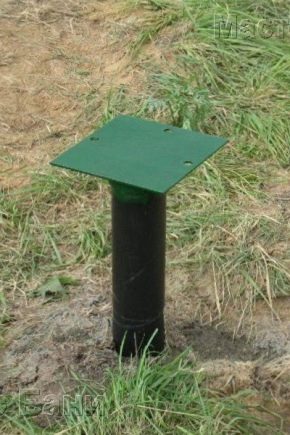
In the construction of residential buildings with several floors, piles are used. These structures provide reliable support for the entire structure, which is especially important for marshy areas, as well as areas with shallow groundwater. The foundation frame is attached to the piles by means of their end surfaces, called heads.
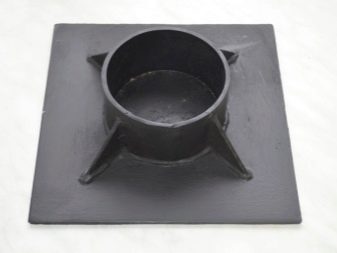
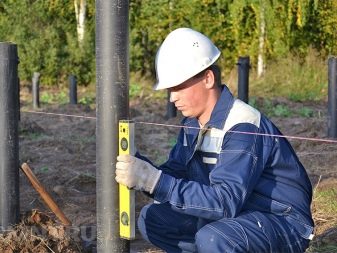
What it is?
The head is the top of the pile. It is firmly fixed to the surface of the pipe part of the pile. The sizes and shapes of the head can be completely different. A grillage beam, a slab can be installed on this element.
Since the piles serve as a reliable support for the foundation of the house, their material must have high strength properties. Most often, such structures are made of metal, concrete or wood.
The shape and size of the piles should be the same; the evenness of the foundation surface and its stability depend on it.

The use of support piles allows you to evenly distribute the weight load of the structure, build buildings on an uneven surface, not worry about the proximity of swampy areas, seasonal floods.
Types and sizes
The shape of the head can be in the form of a circle, square, rectangle, polygon. It matches the shape of the pile itself.
The pile head can be in the shape of the letter "T" or "P". The "T" -shaped design allows the installation of formwork or slabs for subsequent pouring of the foundation. Designs in the form of the letter "P" only allow the installation of beams.
The most common types of piles used in the construction of buildings are reinforced concrete and screw.

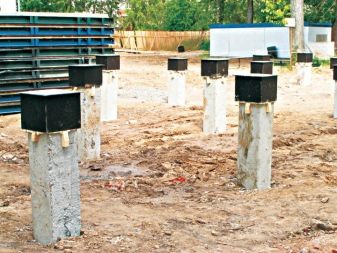
Reinforced concrete
Concrete pipes are installed in the drilled area of the ground. The piles have high strength properties, resistance to corrosion and temperature extremes. They are used in large-scale construction of high-rise buildings, shopping centers, industrial buildings. The installation of such structures requires considerable financial investments.
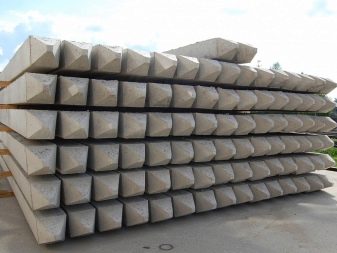
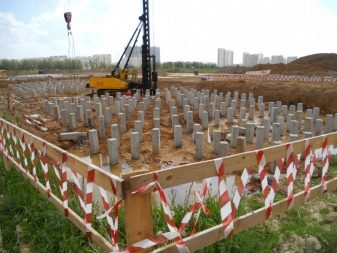
Screw
The structures are metal pipes with a screw surface. The immersion of such elements in the ground is carried out by twisting the pipe around its axis. Piles are used in the construction of smaller objects, for example, private residential buildings. Their installation does not require the use of expensive equipment, as well as large investments.

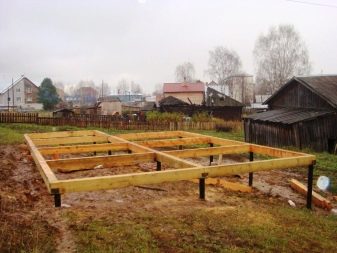
Among the screw piles, the following types are distinguished:
- a design that looks like a medium-sized screw with a thread;
- structure with a wide-bladed surface with a curl in the lower part of the support;

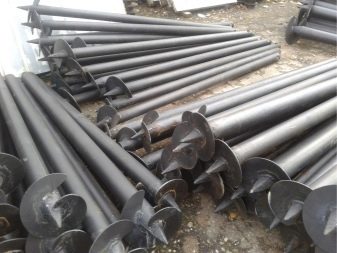
Wooden
Such supporting elements are used in the construction of one- or two-story buildings.

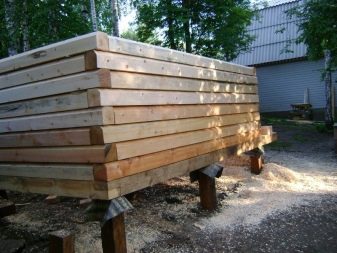
There are two types of support structures.
Collapsible
The heads are fixed with bolts. Removable elements are used when pouring a foundation on heavy soil, when installing support structures manually, as well as in wooden supports.
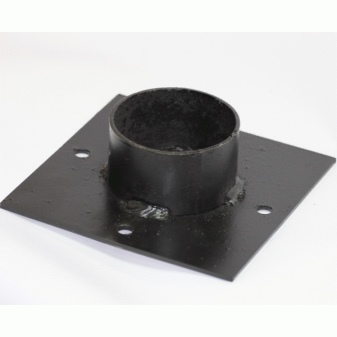
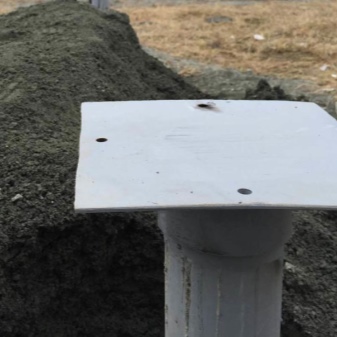
Non-collapsible
The heads are attached to the piles with welded seams. It should be noted that such a seam has a small gap. This is necessary in order for air to enter the inner surface. Such elements are used in the case of using a drill to install supports.
The dimensions of the head are selected depending on the type, diameter of the pile, as well as on the weight of the structure that is installed on the head. Its diameter should be slightly larger than the diameter of the pile.This is necessary so that the structure can be easily connected.
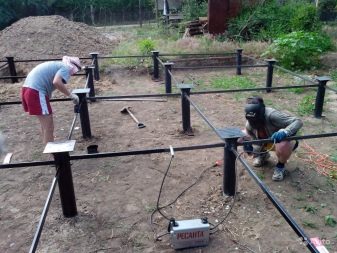

For example, the diameter of the middle part of the screw support is in the range from 108 to 325 mm, and the diameter of the reinforced head itself can be 150x150 mm, 100x100 mm, 200x200 mm and others. For their manufacture, 3SP5 steel is used. Such piles are capable of withstanding loads of up to 3.5 tons. They are suitable for all types of soil.
Heads of the E series, made of SP 5 steel, the thickness of which is 5 mm, have dimensions 136x118 mm and 220x192 mm. Heads of the M series have dimensions of 120x136 mm, 160x182 mm. The heads of the F series, used to fix the strapping, have dimensions of 159x220 mm, 133x200 mm. Heads of the U series, made of steel, have dimensions 91x101 mm, 71x81 mm.
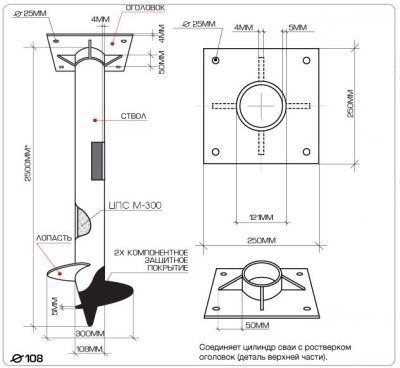
The smallest diameter of the heads is represented by the R series. The piles are 57 mm, 76 mm or 76x89 mm in diameter. Such structures are able to withstand the relatively low weight of the building. Therefore, they are more often used in the construction of gazebos, garages, summer houses.
Piles with a diameter of 89 mm are used in the construction of small buildings in places with a high content of groundwater.
Concrete piles have a square-shaped head, the minimum dimensions of the sides of which are about 20 cm. The length of such piles depends on the weight of the structure being erected. The greater the weight, the longer the pile should be.

Choosing the right support structure will allow you to get a truly reliable foundation that will last for more than a dozen years.
Installation
Before installing the piles, the pile field is broken down. The surface area is calculated, as well as the number of required support elements. Piles can be split in rows or staggered.
Installation of supports at the same level is a very difficult task, almost impossible. Therefore, after the pipe supports are tightly fixed in the ground, work begins to level their dimensions. This can be done using various methods, for example by:
- log cabins;
- slice.
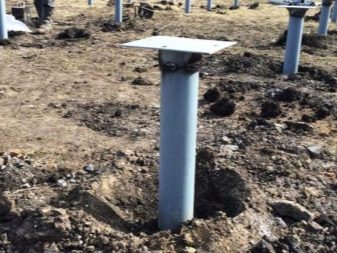
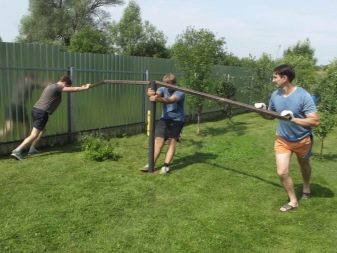
Logging technology includes several steps.
- At one level from the ground, a mark is drawn on the support.
- A groove is made along the mark line around the pipe support. For this, a hammer is used.
- The protruding section of the pipe is cut down. With the help of movements in the direction from top to bottom or, conversely, from bottom to top, parts of the unnecessary surface are chipped off.
- Reinforcement is cut off.
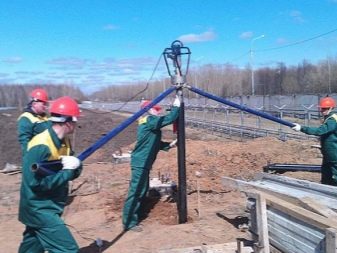
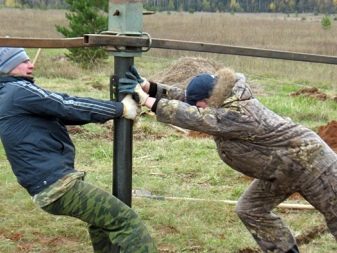
The cutting of the surface can be done in different ways.
Hammer
In this case, a groove is made around the support along the marked line, then I break off parts of the concrete surface with the help of hammer blows. Such an alignment process is characterized by high labor intensity and duration. No more than 15-18 supports can be leveled in one day.
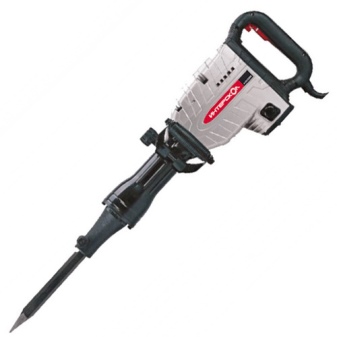
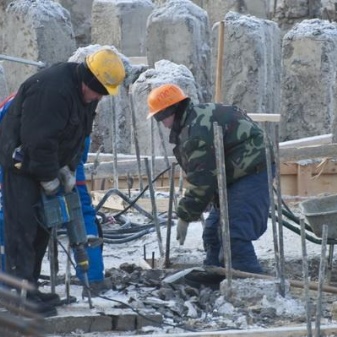
Hydraulic shears
The leveling method consists in placing the nozzle on the support along the line of the mark, then biting off its protruding part. The process is less laborious and takes less time. The surface quality is significantly higher than with a hammer.
But there is also an alternative way of alignment by cutting the ends. This method is faster and more economical. Depending on the type of head material, various tools are used, for example, machine cutters, discs, saws, hand tools. The method is characterized by low cost, as well as relatively low labor costs.
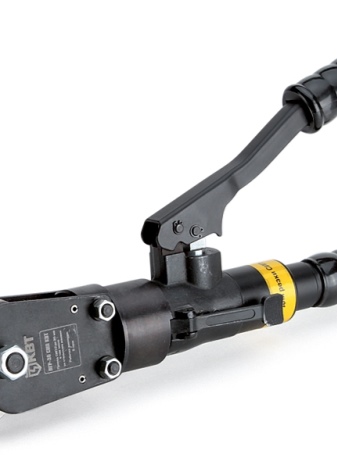
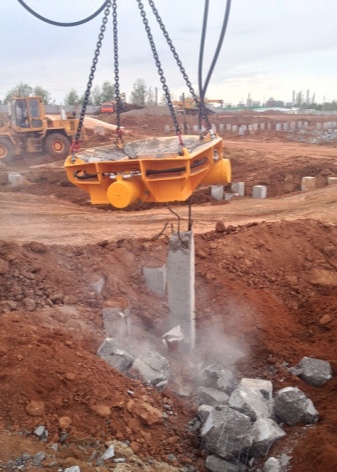
The technology for cutting the protruding part of the pile includes several stages.
- Before starting work, marks are made on the piles. It is important that they are on the same level, therefore they are celebrated from all sides.
- A small incision is made along the marked line.
- Sawing off a part of the pipe.
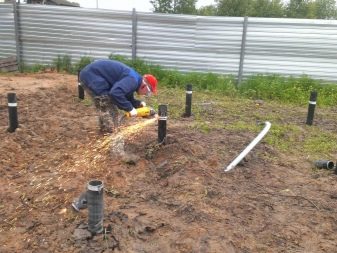
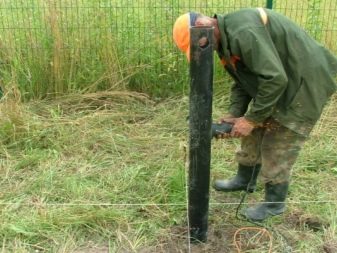
In the case of metal structures, at a distance of 1-2 cm from the cut point, a layer of anti-corrosion metal coating is removed. This extends the life of the piles.
After aligning the support structures, they begin to install the heads. They are put on top of the pipe, and then the level of all piles is checked.If any support structure stands out on the surface, then this will have to be corrected by removing the surface of the protruding support.

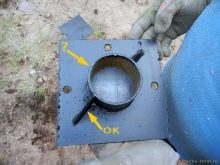
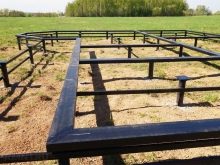
After all the heads are at the same level, they begin to attach them to the support pipe.
The method of mounting the heads depends on the shape, type, and also on the material. The metal heads are installed by welding with an inverter converter. The current is supplied at 100 amperes. The welded supports are highly waterproof.
The process of attaching the head by welding consists of the following steps:
- putting on, aligning the headband;
- welding;
- checking the supporting structure around the perimeter;
- cleaning welded seams from dirt, dust, foreign particles;
- coating the surface with paint with protective properties.


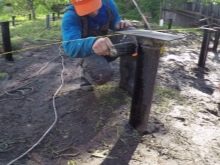
After leveling, concrete heads are poured with concrete mortar after they have been installed with formwork for pouring the foundation.
It should be noted that all pile work must be carried out in accordance with the HPPN.

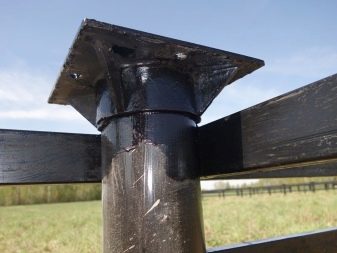
If necessary, you can always dismantle the piles. The work consists of the following stages:
- removal of the head with a hammer and grinder;
- to remove the entire support, specialized equipment is used, for example, an excavator.
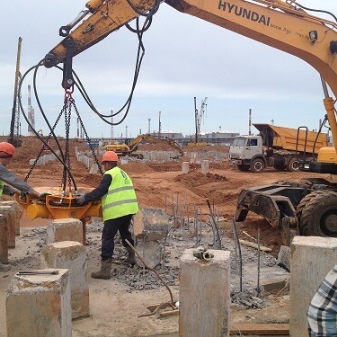
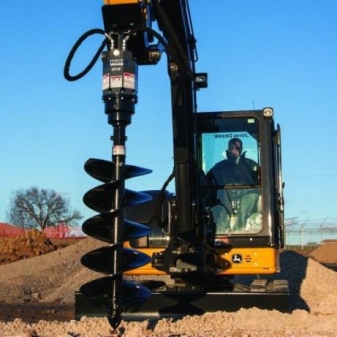
It is possible to start installing new piles only after the previous supporting surfaces have been completely removed.
Correct installation of piles will facilitate subsequent work on pouring the foundation and further construction of the building.
Advice
When installing the heads, it is imperative to follow the sequence of actions. Safety rules must be observed when working with cutting tools.
After fitting the head on the pile, it is recommended to remove it and thoroughly clean the pipe surface from the edge to the length at which the head is installed. This procedure will further allow obtaining high-quality welded seams. Cleaning can be done with any tools at hand. More often, a grinder is used for this.


In order for all the supporting structures to be at the same level, one pile should be selected, the length of which will be equal to the rest. It is important to put bright marks so that they can be clearly seen.
The installation of piles requires special skill, so it is not recommended to neglect the help of professionals, especially at the initial stage of work.
In the video below you can see how the piles are cut.













The comment was sent successfully.